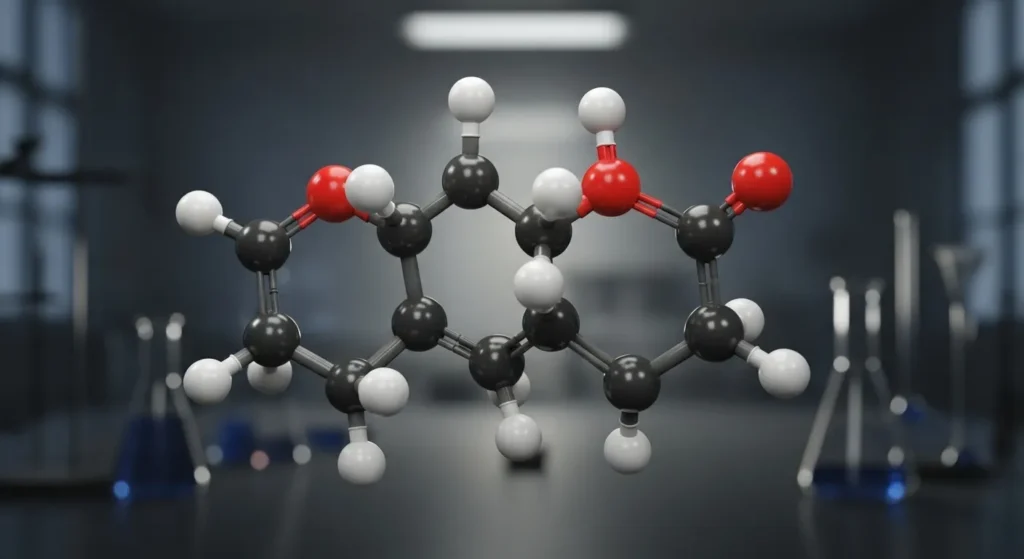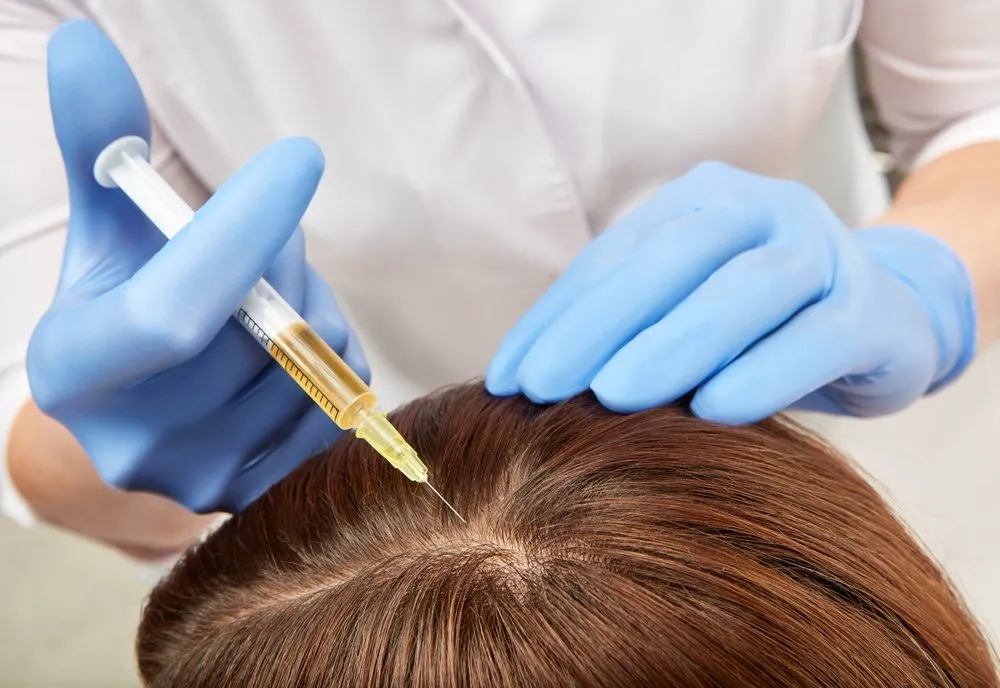Are you noticing more hair fall than usual and wondering if hormones might be the cause? Does high testosterone cause hair loss in females is a common and valid concern, especially for women dealing with conditions like PCOS or hormonal imbalance.
This blog dives into the science behind the connection, signs to look out for, treatment options, and expert insights—helping you take informed steps toward recovery and regrowth.
What Is High Testosterone in Women?

Testosterone is often labeled as a “male hormone,” but women naturally produce small amounts of it too. It plays an important role in bone density, muscle strength, and libido. However, when levels become abnormally high, it can disrupt multiple systems—especially hair growth cycles.
Definition and Normal vs. Elevated Levels
- Normal range: 15–70 ng/dL in adult women
- High levels: Anything significantly above 70 ng/dL
- Diagnosed through blood tests, often repeated at different times for accuracy
Common Causes of High Testosterone in Women
- Polycystic Ovary Syndrome (PCOS) – the most common cause
- Congenital adrenal hyperplasia (CAH) – a rare genetic disorder
- Steroid use or androgenic supplements
- Ovarian or adrenal tumors – although rare, must be ruled out
How Testosterone & DHT Affect Scalp Hair
One of the key mechanisms behind hormonal hair loss in women involves the conversion of testosterone into DHT (dihydrotestosterone).
The Testosterone → DHT Conversion
- Enzyme: 5-alpha-reductase
- DHT binds to hair follicle receptors
- Leads to miniaturization of hair follicles over time
Follicle Sensitivity vs. Hormone Levels
Not all women with high testosterone will lose hair. The key factor is how sensitive your hair follicles are to DHT, which is often genetically determined.
Pattern Differences: Female-Pattern vs. Male Baldness
- Male-pattern baldness: Receding hairline, vertex thinning
- Female-pattern hair loss (FPHL): Widening part, diffuse thinning on crown
- Women rarely go fully bald due to the protective role of estrogen
Conditions Linked with High Testosterone and Hair Loss
Several health conditions contribute to both hormonal imbalance and hair loss.
Polycystic Ovary Syndrome (PCOS) & Androgenic Alopecia
- Up to 70% of women with PCOS experience hair thinning
- Typically presents as FPHL with increased facial/body hair (hirsutism)
Hyperandrogenism & HAIR-AN Syndrome
- HAIR-AN = HyperAndrogenism, Insulin Resistance, and Acanthosis Nigricans
- Hair loss is an early symptom, often accompanied by dark skin patches
Other Causes: Adrenal Tumors, Congenital Adrenal Hyperplasia
- CAH causes enzyme deficiencies leading to excess androgen production
- Tumors in adrenal glands or ovaries can trigger sudden testosterone spikes
Recognizing the Signs – Beyond Hair Loss
High testosterone affects more than just your hairline. Recognizing other symptoms can lead to faster diagnosis and treatment.
Clinical Symptoms
- Acne, especially along the jawline
- Hirsutism – excess facial/body hair
- Oily skin and enlarged pores
- Irregular or absent menstrual cycles
- Mood changes or depression
Importance of Accurate Diagnosis
- Blood hormone panel – including free and total testosterone
- Pelvic ultrasound – to check for ovarian cysts
- Ferriman-Gallwey score – a scale for hirsutism severity
What the Research Says
- Studies show a clear link between elevated androgens and female-pattern hair loss, especially in PCOS patients
- Hair follicles are highly sensitive to DHT in genetically predisposed women
Expert Commentary
Treatment & Management Strategies
Lifestyle Changes
- Balanced diet: Anti-inflammatory foods, low in processed carbs
- Exercise: Helps regulate insulin and androgen levels
- Weight management: Even 5–10% weight loss can reduce testosterone
Medical Interventions
- Anti-androgens:
- Spironolactone – commonly prescribed for women
- Flutamide or finasteride – off-label use, under medical supervision
- Minoxidil (5%) – FDA-approved topical treatment
- Ketoconazole shampoo – helps reduce scalp DHT
- Oral contraceptives can stabilize hormone levels
- PRP therapy or LLLT stimulates regrowth in early-stage loss

Hair Removal & Camouflage Options
- Laser hair removal – for hirsutism
- Camouflaging fibers or volumizing powders for thinning areas
- Wigs, extensions, or styling changes can restore confidence
Myths vs. Facts About Testosterone and Hair Loss
“High Testosterone Always Causes Hair Loss” – Myth
Hair loss depends more on genetic sensitivity than hormone levels alone.
“Hair Loss Is Irreversible in Women” – Myth
With early treatment, regrowth is possible in most cases.
“Only Men Need DHT Blockers” – Myth
Many women safely use DHT-blocking medications under professional care.
When to Seek Professional Help
Red Flags
- Sudden, patchy, or excessive shedding
- Hair loss accompanied by missed periods or acne
- Signs of virilization (deep voice, enlarged clitoris)
Next Steps
- Visit a dermatologist or endocrinologist
- Get lab tests and imaging done
- Begin a personalized treatment plan based on your diagnosis
FAQs
Does everyone with high testosterone experience hair loss?
No. Genetics and follicle sensitivity play a major role.
Can hair regrow if testosterone is lowered?
Yes, especially with combined treatment (minoxidil + anti-androgens).
How is the pattern of hair loss different in women?
Women experience diffuse thinning, usually along the part line—not receding hairlines.
What tests should I request from my doctor?
Ask for a full hormone panel, including total/free testosterone, DHEA-S, and SHBG.
Are there natural remedies for hormonal hair loss?
Spearmint tea, zinc, and inositol supplements may support hormonal balance, but results vary.
Take Your Next Step
Hair loss from high testosterone doesn’t have to be permanent—or scary. With early diagnosis and expert-guided treatment, you can restore your hair and your confidence. Book a consultation with Dr. Rana Irfan in Islamabad today and get personalized solutions backed by science, compassion, and proven results.
